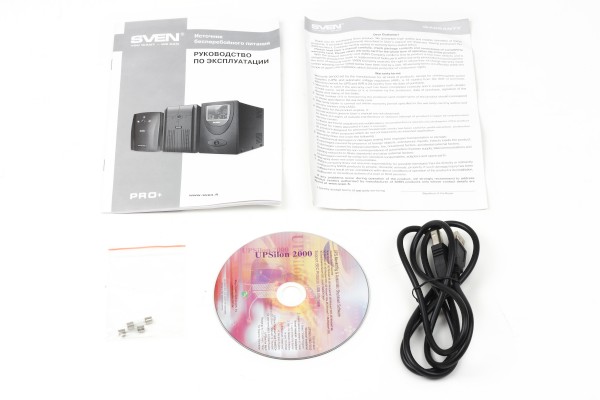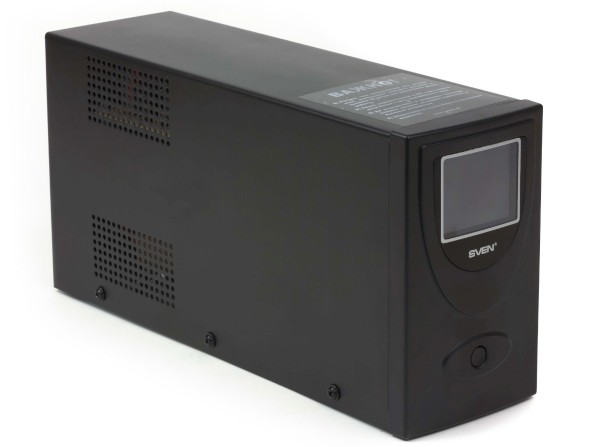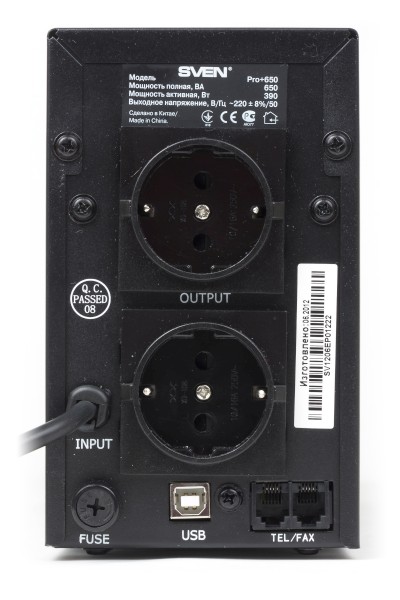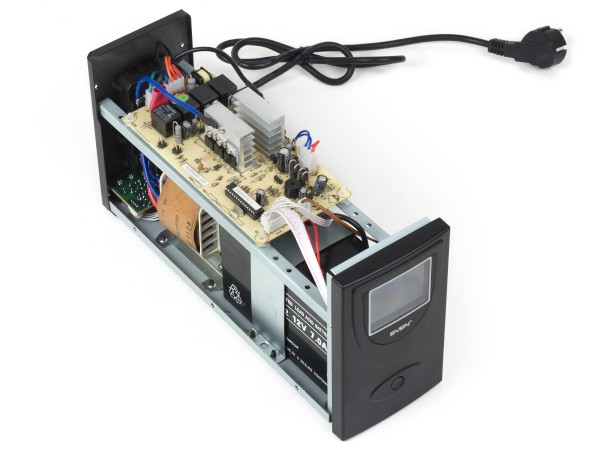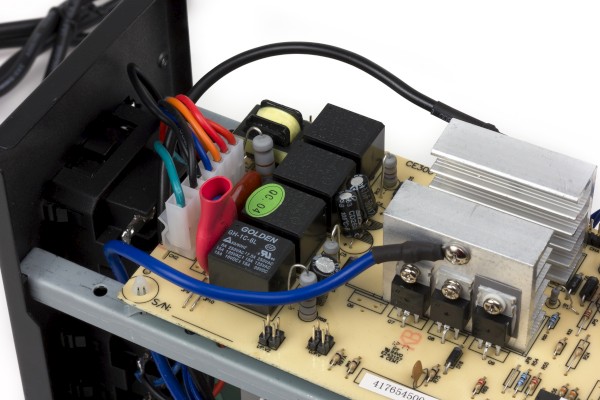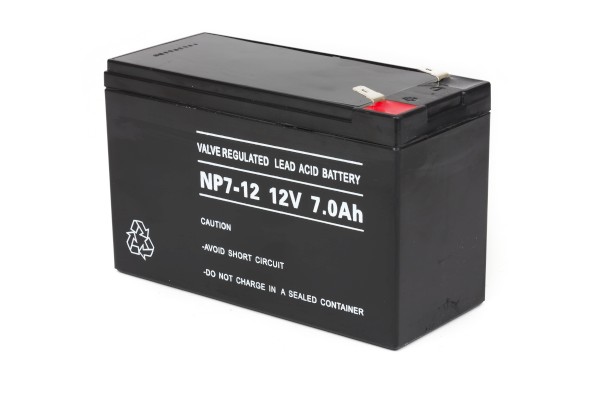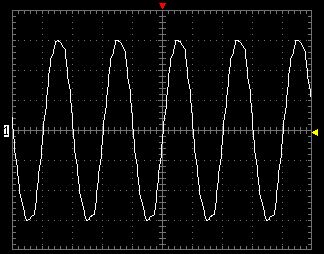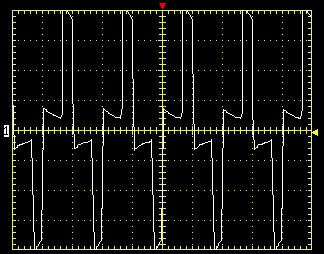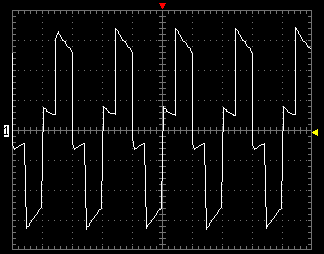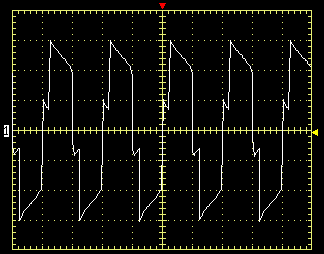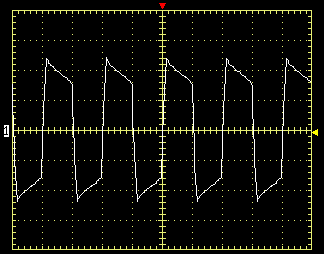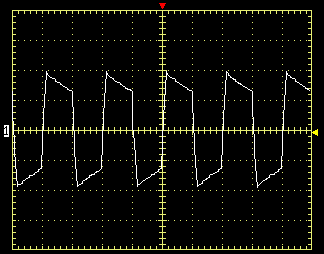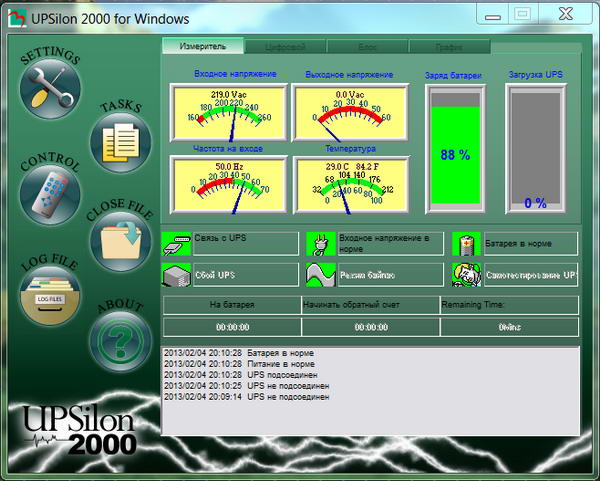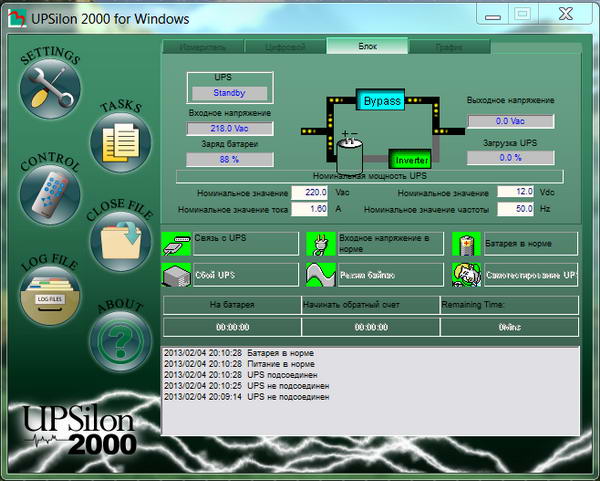A Finnish company SVEN is the most known to consumers as a producer of multimedia speaker systems, headphones and manipulators (mice, keyboards, game devices). However, there are also uninterruptible power supplies in the product line of this company, and they are quite interesting by their characteristics from the point of view of the consumer. The matter in that all of them are line-interactive UPS, even junior models, i.e. they provide operation from the mains with considerable voltage fluctuation in it without changing to the battery supply (and such a shortcoming of the mains is still very urgent even for Moscow outskirts and separate districts of the capital). In this review we’ll examine a model of Pro-series with capacity of 650 V•А.
We have tested a middle model (650 V•А), which is very likely the most actual for connection of a single office or home PC with the complete set of peripherals. There are also versions with capacity from 400 to 1500 V•А in the UPS line.
Packaging and warranty
Package contents:
- User’s Manual in Russian, Ukrainian and English
- Warranty card
- USB cable
- Spare fuses
- CD with software
Warranty assurance is 2 years
Appearance
This UPS has classic “tower” arrangement, a sufficiently narrow case (10 cm) and moderate weight. In short, it resembles the overwhelming majority of modern uninterruptible power supplies of the most different producers. But this, may be, is not so bad – this design of this device is not especially important, because it is usually placed in a corner under a table. Its display is rather bright and it lights permanently (i.e. it lights even then, when the device is turned off with the Power button). The charge level is displayed very approximately, but the voltage, both input and output, is displayed with enviable accuracy. As we know the output voltage is usually displayed as 220 V in many devices, although actually it cannot be so permanent technically in any source with the line-interactive circuit.
There are 2 standard EU sockets on the rear panel, which occupy the main surface area. It will be pleasant for home users, because there are no problems at all to connect both a computer and peripherals. USB interface serves for communication with PC software. There are also connectors to protect the equipment connected to the telephone line and a fuse.
Interior arrangement
A transformer and battery occupy the lower half of the case, but the board is located at the top. It is logically, of course, but in this case, you will have to disassemble the device virtually entirely to replace the battery. If the front panel can be removed, then it is hardly probable that an average user will guess how to do it. Cooling method is passive; therefore, the device is actually noiseless both in the passive mode and with the employment of AVR circuits. During battery operation with the maximum load, transistors produce their typical noise, but this non-typical mode is also quite within 40 dBА. So, the device is rather a home device.
Mechanical relays designed for 6 A peak current and approximately 10,000 switching cycles switch AVR-regulator stages, it means the considerable safety margin. An inverter is constructed with 6 transistors marked CDW FP50N06 (it was impossible to identify the producer).
Battery
The battery is also marked, but it is obviously that it was produced by Yuasa Company.
Performance testing from the mains
We used an adjustable-ratio autotransformer (LATR) to define switching thresholds and actual voltage on outputs with input voltage in the range 0 to 263 V. The UPS was tested with the totally charged battery and connected load about 100 W. This is a typical value for the modern PC in the standby mode (text editing) with energy-saving options in the “on” condition, taking into consideration, that 20-inch monitor in operation consumes considerable part of this load.
The voltage range to the output in AVR mode is not beyond the declared 10% deviation. Of course, there are devices at the market even with two transformation stages “for boosting”, therefore the range of input voltages is not the record range. However, none the less it is XXI century now, and the number of places, where the voltage is continuously less than 170 V, is declined steadily, even in developing countries.
Switching speed between stabilization stages and switching over to the battery supply is very high (within the declared 10 мс limits).
Performance testing from the battery
When the voltage falls outside the mentioned range, UPS switches over to the battery supply. Battery operation is accompanied by rather loud sound signal, signal frequency rises when critical discharge level is reached. The alarm is turned off by software settings (and saved in the device memory) or by pressing the button on the front panel. During the quiet operation mode, the alarm is active only in case of overload or complete resource exhaustion of the battery – in these cases a user will hear either continuous signal or quick intermittent signal with the frequency one time in half a second.
Battery operation time at 410 W capacity made up 1 min 35 sec., at 150 W capacity – 8 min. It’s great that the device held out rather long at the maximum capacity (even working nominally with overcapacity), in reality that time was enough to “put to sleep” the computer correctly for this time.
Charging progress is rather quick, but it is practically impossible to track this process by the indication on LCD display (even if to discharge the battery with low current, the indicator will display 90-100% quite quickly).
The output signal quality during different modes is given on oscillograms:
Standard sinusoid of the mains supply (230 V)
Battery operation without capacity
Battery operation at 150 W capacity (at the beginning of battery discharge)
Battery operation at 150 W capacity (with almost discharged battery)
Battery operation at the maximum capacity (at the beginning of battery discharge)
Battery operation at the maximum capacity (with almost discharged battery)
During operation at average capacity, the approximation diagram form is practically irreproachable. During operation without capacity, impulses acquire a distinguishing form, but the amplitude is also moderate. And the diagram turns into trapezium only during operation with the maximum capacity (in this case, as you can seen on the diagram, the voltage at the end of the charge cycle “floats away” slightly as well, but it does not drop below 190 V). The result is very good as compared with many models, even with more expensive models.
Interface and software
UPS is not fully compatible with the standard Smart Battery, the charge level of the battery is measured by operational system software correctly only after installation and setting of the software (UPSilon utility).
Moreover, if a user does not enter into the software settings and does not guess that it is necessary to select “Mega (USB)” connection type manually, the program will complain that UPS is not connected. An inexperienced user can be perplexed by this.
But there are no claims to the software functionality at all, everything what we got used to see in such cases is displayed, including the battery charge level, input and output voltages, frequency and even the temperature inside the case.
There is a version to display parameters in the digital form and with the UPS operation scheme. Standard possibilities to maintain tracking data and dispatch reports to the administrator by mail are also provided.
A user can flexibly control the self-testing mode and to turn off the audible alarm.
Conclusions
This model definitely aspires to the adjacency with other “Scandinavian” commodities in your house; there is something of “Ikeev” in it. It is as if inexpensive, and reasonably qualitative. The worthy operation mode under maximum capacity, quietness, honest accordance to declared deviations from the nominal during operation in the stabilization mode made us glad, as well as the honest display of the output voltage on the screen. There were some shortcomings too of course. Well, from our point of view the availability of LCD display is convenient, but if a computer operates 24 hours a day and a user has to sleep somewhere there (it is bad of course, but some people have to do this), then it makes sense to produce the display switch-controlled. And certainly there should not be backlighting after turning the device off.
Advantages:
- compactness and quietness;
- compliance (and even exceeding) with declared maximum power;
- “honest” display of output voltage on LCD display and actual compliance of voltage deviations in the stabilization mode to 10% declared in the manua;
- controlled audible alarm.
It would be strange and inhumanely not to provide automatic UPS recognition from the side of the device software in relation to own support service. Surely, people in the service have already bothered to answer similar questions. By the way, it wouldn’t be such a bad idea to enclose also the software operation instruction in printed version – even a short list of operations accessible to the user including the same communication settings. Nevertheless, you should agree, they are minor faultfinding! In all other respects, the device made us happy.


